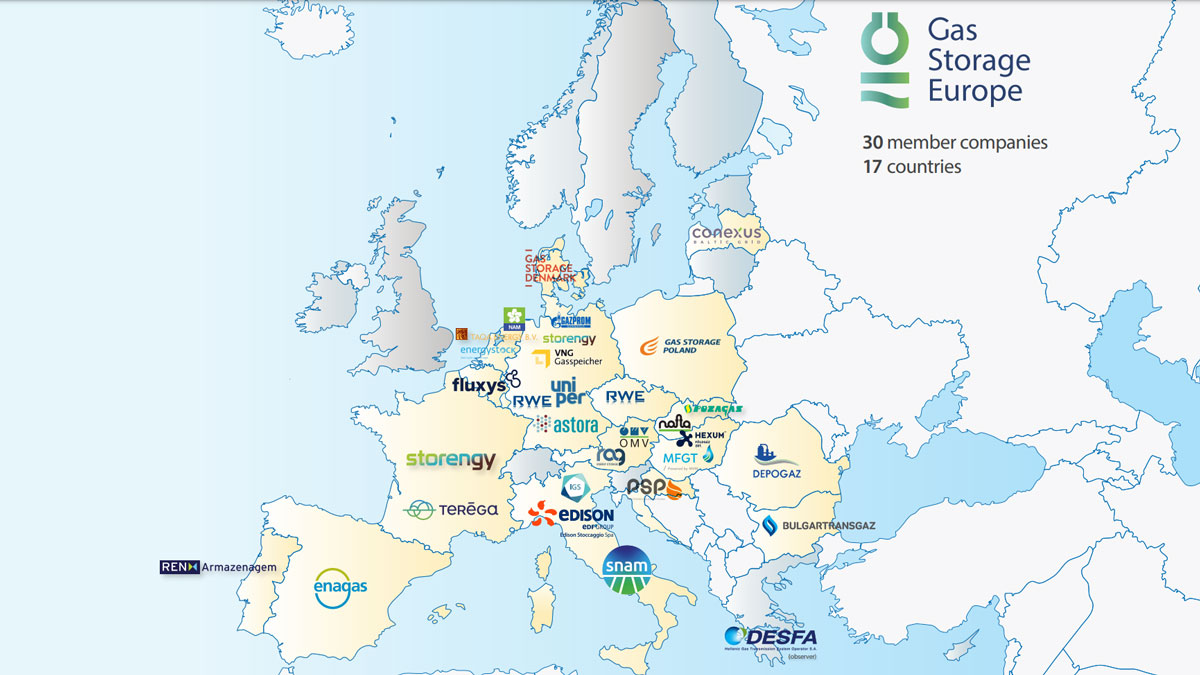EU Leaders Recognising Value of Underground Gas Storages
Whereas Europe faces an energy price surge driven by a global tight supply and demand recovery at the same time, underground gas storages have reached a historically low filling level of 810 TWh (73%), around 16 points below the 5-year average. Different storage stocks, ranging from 50% to 96%, can be observed across the continent.
With a total of 1,148 TWh of existing technical working volume, European underground gas storages are essential in delivering energy to all citizens and keeping their houses warm. Last winter, they also played a unique balancing role for the global gas market: despite severe cold snaps and a significant rise in prices in Asia which boosted gas exports to this part of the world, they helped to buffer price volatility within the European Union (EU). However, this was made possible thanks to high storage filling levels, amounting at 95% at the beginning of the 2020-2021 heating season.
“Although we have sufficient technical capacities to reach filling levels of at least 90% before periods of peak demand emerge in January and February, all market participants and authorities need to take care of their responsibility to allow a stable security of supply until the end of the winter. We are pleased to see in this context that EU leaders have launched a dialogue around a toolbox of measures to support the storage market. The different values of underground gas storages – insurance, system and market ones – should be recognised and properly captured at EU level,” Dr Axel Wietfeld, President of Gas Storage Europe, the European association of the Storage System Operators and hence one column of Gas Infrastructure Europe (GIE), commented.
Over the past four years, GIE has thus published several studies on the positive externalities generated by underground storages. As such, it demonstrated the need to establish market-based pricing along with a set of regulatory measures to compensate for not realising these values and ensure long-term sustainability of the storage market, such as: regulated prices or revenues, shipper security obligations, strategic reserve, effective incentives, and compensation mechanisms, etc.
“It is crucial to define the right mix of policies to ensure that in the transition period gas infrastructure can continue to guarantee security of supply while driving the progressive integration of renewable and low-carbon energy. In the long-term, renewable, and low-carbon gas molecules are the ideal partners of electrons and will deliver cost-effective services for industry, transport, heating, and electricity generation. Storage, transmission and LNG terminal system operators stand ready to deliver on that and look forward to suitable proposals in light of the Hydrogen and Decarbonised Gas Package,” Torben Brabo, President of Gas Infrastructure Europe, stated.



